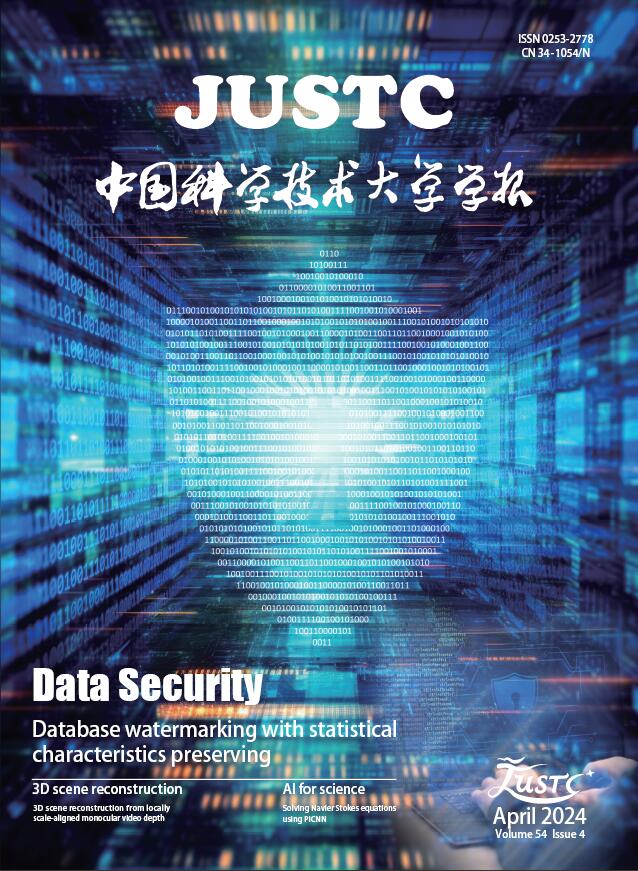2016 Vol. 46, No. 9
Display Method:
2016, 46(9): 711-718.
doi: 10.3969/j.issn.0253-2778.2016.09.001
Abstract:
2016, 46(9): 719-726.
doi: 10.3969/j.issn.0253-2778.2016.09.002
Abstract:
2016, 46(9): 727-735.
doi: 10.3969/j.issn.0253-2778.2016.09.003
Abstract:
2016, 46(9): 743-748.
doi: 10.3969/j.issn.0253-2778.2016.09.005
Abstract:
2016, 46(9): 749-756.
doi: 10.3969/j.issn.0253-2778.2016.09.006
Abstract:
2016, 46(9): 757-763.
doi: 10.3969/j.issn.0253-2778.2016.09.007
Abstract:
2016, 46(9): 780-787.
doi: 10.3969/j.issn.0253-2778.2016.09.010
Abstract:





